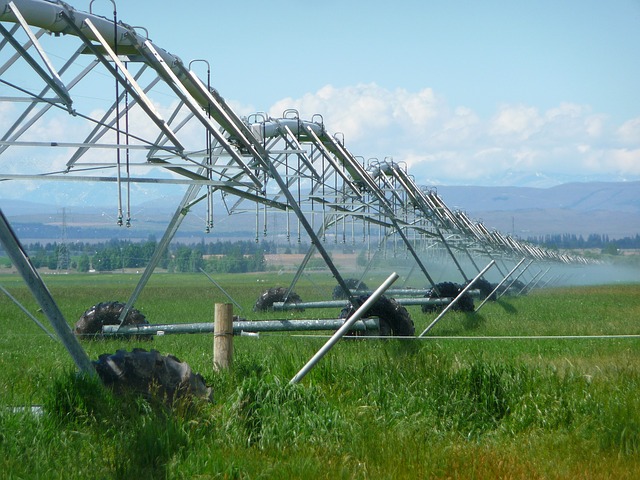Water management and its hydrometeorological impacts
This unit speaks to the role of the hydrometeorological cycle for humankind.

Goals
The goal of this unit is to introduce how humankind manages water resources and the resulting impacts on the water cycle.

After successful completion of this unit students will be able to
- Discuss the impacts of dams, water reservoirs, and irrigation on the atmosphere and river runoff
- Describe hydrometerorological variability (amount, phase, timing, intra-year and inter-annual) that affect reservoir elevation
- Describe the impacts of seasonality of temperature, precipitation and streamflow on reservoir elevation, streamflow, blue and green water
- Discuss the impacts of irrigation on evapotranspiration, cloud and precipitation formation, soil moisture, runoff and groundwater changes due to changes in temperature
- Describe and discuss the typical challenges in water management
- Work thru the process of a water availability assessment for a watershed based on data (graduate students)
Students’ tasks
- Read Dingman’s Chapter 9.6 to 9.6.3 (included)
- Take this lesson
- Take notes and prepare to apply the material in the context of the units on precipitation, evapotranspiration, watersheds, groundwater recharge, river runoff, water and energy balance
- Fill out the questionnaire prior to Thursday 2359 Alaska time.
- Undergraduate students: Download this Unit 25 Applications sheet for Undergraduate Students. Attention: It has 3 parts with 3 different due dates given in the sheet.
- Graduate students: Download this Unit 25 Applications sheet for Graduate Students. Attention: It has 3 parts with 3 different due dates given in the sheet.
Acknowledgements
The source of the movie material is the COMET ® Website at https://meted.ucar.edu/ of the University Corporation for Atmospheric Research (UCAR), sponsored in part through cooperative agreement(s) with the National Oceanic and Atmospheric Administration (NOAA), U.S. Department of Commerce (DOC) ©1997-2010 University Corporation for Atmospheric Research. All Rights Reserved.
Further Reading (Optional)
Velia Bigi, Elena Comino, Magda Fontana, Alessandro Pezzoli and Maurizio Rosso
Climate 2021, 9(1), 12; doi:10.3390/cli9010012
© 2019 Nicole Moelders | All rights reserved
